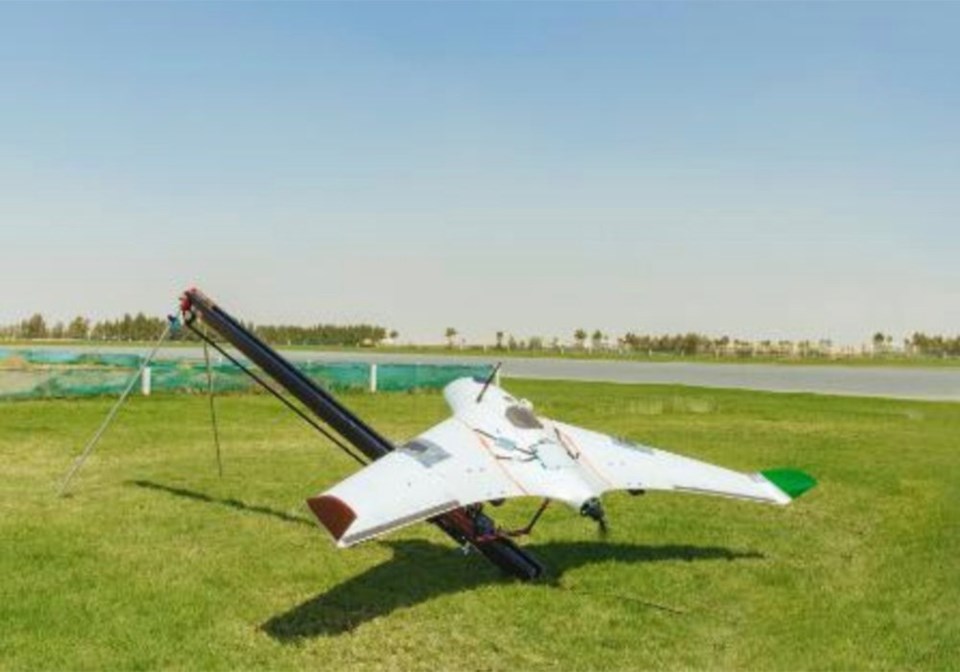Desperate for a solution, the oil-rich nation has reached out to the world’s scientific community with funding for research that might bring rain to their parched desert. , one promising technique uses catapults to launch drones that give the clouds a sudden electric charge. The idea of electrically charging droplets in the clouds to induce rain is not new. The question has always been, “What’s the best way to do it?”
Keri Nicoll, a scientist at University of Reading in the United Kingdom, proposed the drone idea four years ago. The aim of her research is to determine if the proposed system can increase rainfall in the equatorial regions of the Earth.
“There’s been a lot of speculation about what an electrical charge might do to cloud droplets, but there’s been very little practical detailed investigation,” says Keri Nicoll, according to the CNN report.
By modelling the behaviour of clouds, her team determined that small droplets merge and grow to become big raindrops in the presence of a positive or negative electrical charge. Droplet size is a critical factor because in desert environments, the clouds are high and the temperature is high. As a consequence, small raindrops may leave the clouds in good condition, but they evaporate before hitting the sand. If the raindrops were larger, they’d have a better chance of survival. Her challenge is to make the high altitude drops larger.
Her prototype rainmaker drones have a wingspan of two metres. Launched from a catapult, they have a full autopilot system and fly time of 40 minutes. Each drone senses temperature and humidity, and they carry the necessary charge emitters to do the zapping.
The pandemic forced Nicoll to cancel their planned UAE testing trip. Instead they trained flight school students in Dubai to use the zapping drones. As of this spring they tested the drones in the U.K. and Finland.
According to the World Wildlife Fund, two thirds of the world’s population may face water shortages by 2025. Climate change is messing with our traditional weather patterns.
Nicoll’s project is wrapping up this year. She hopes future projects will combine high tech electrically charging clouds with conventional cloud seeding. Nicoll says using charged salt particles could make cloud seeding more efficient in creating rain or snow.




